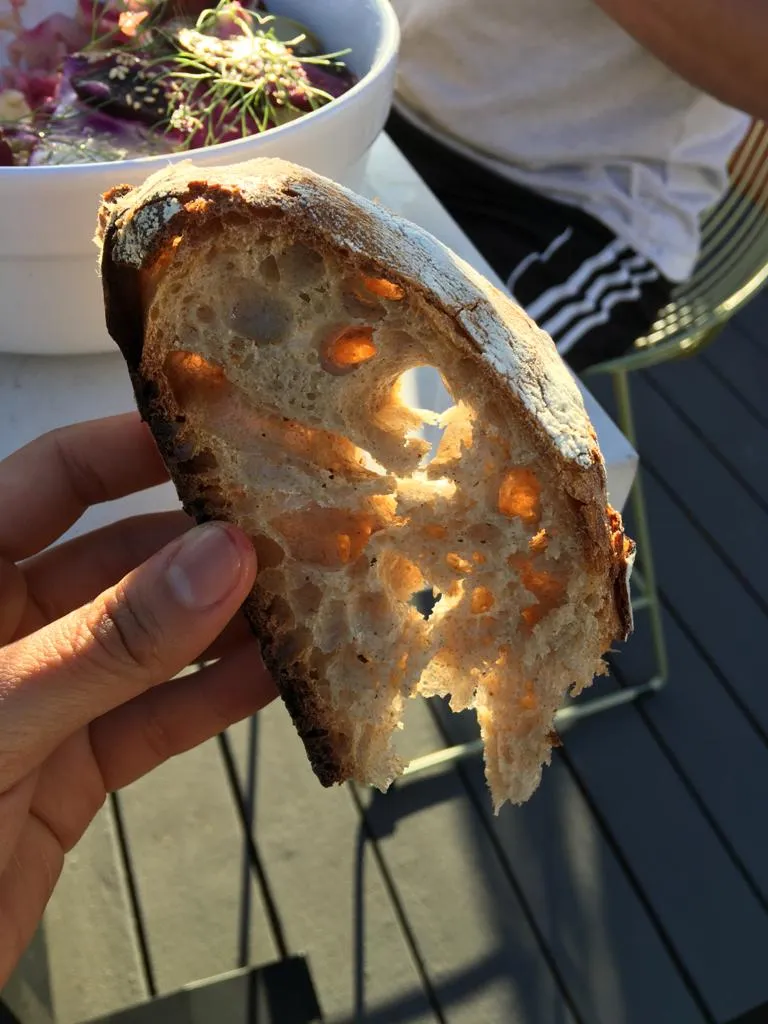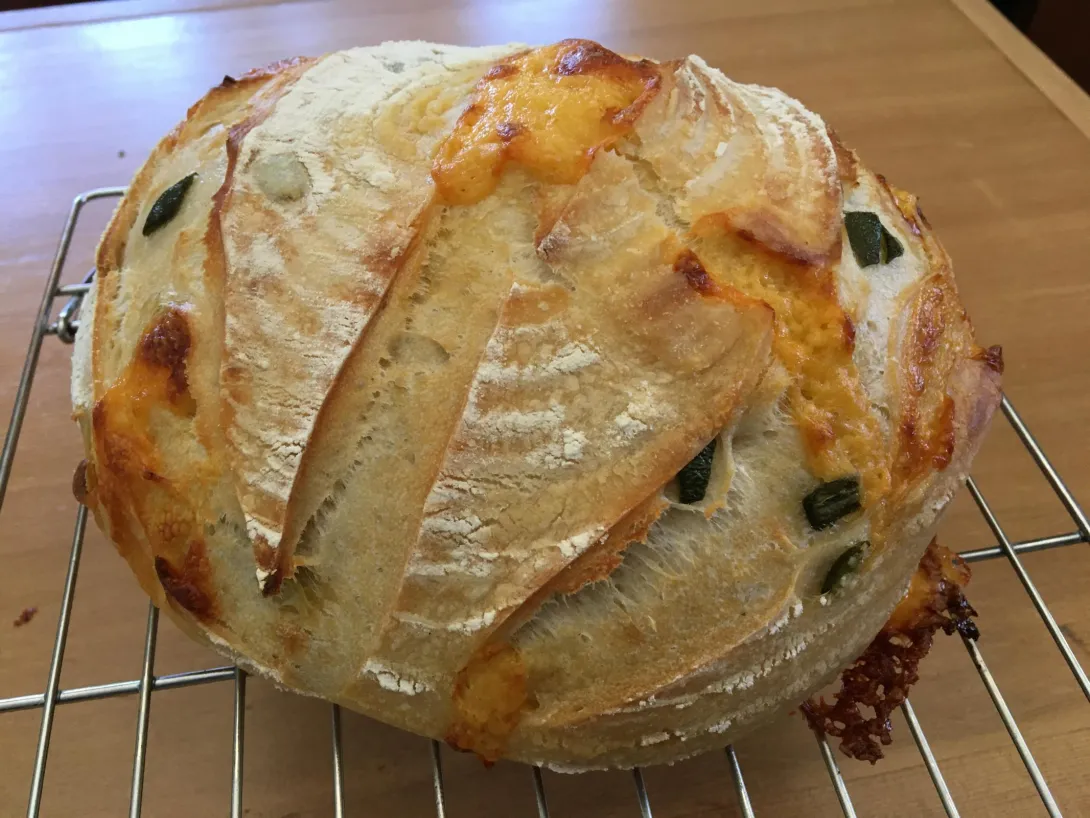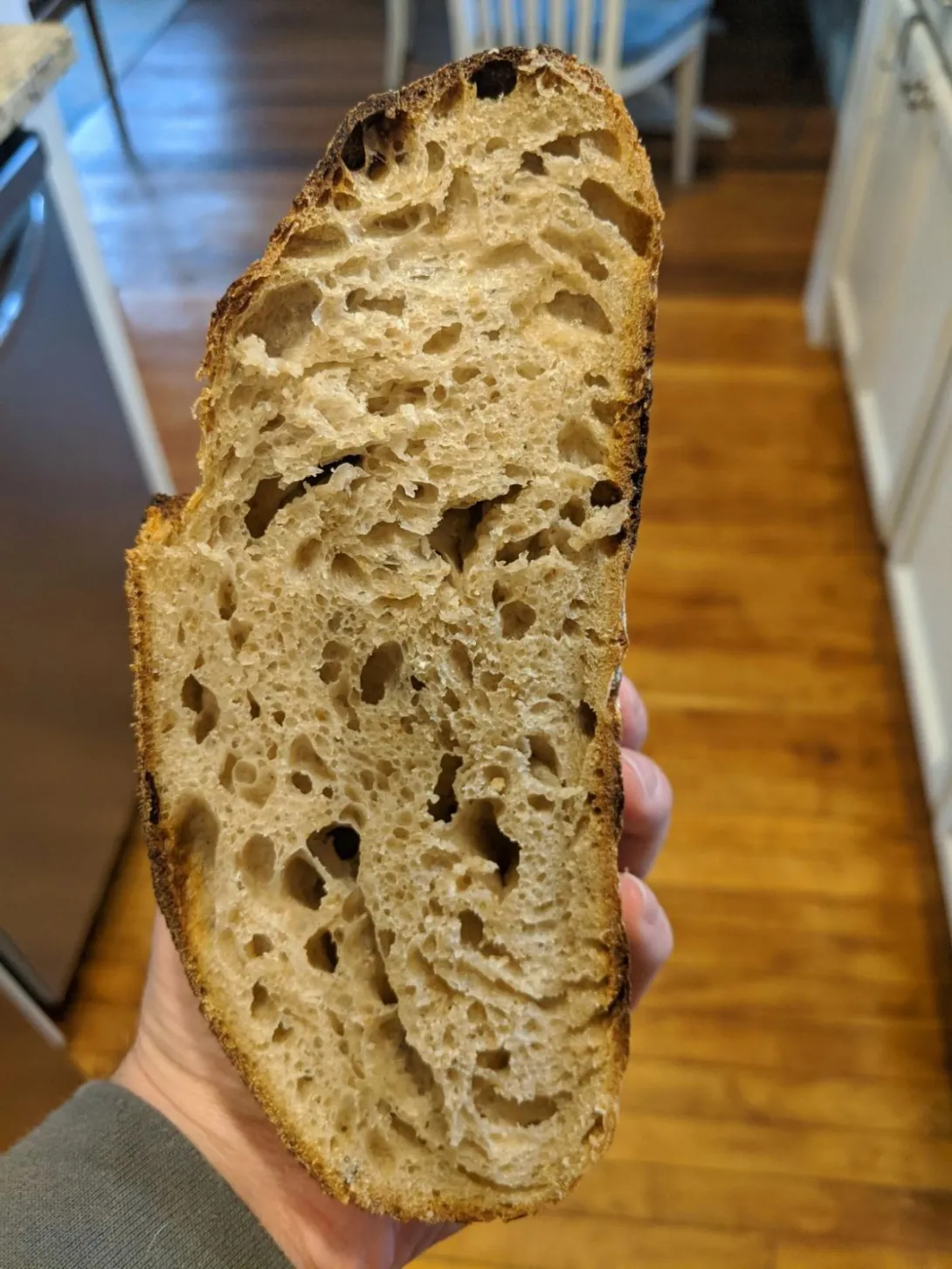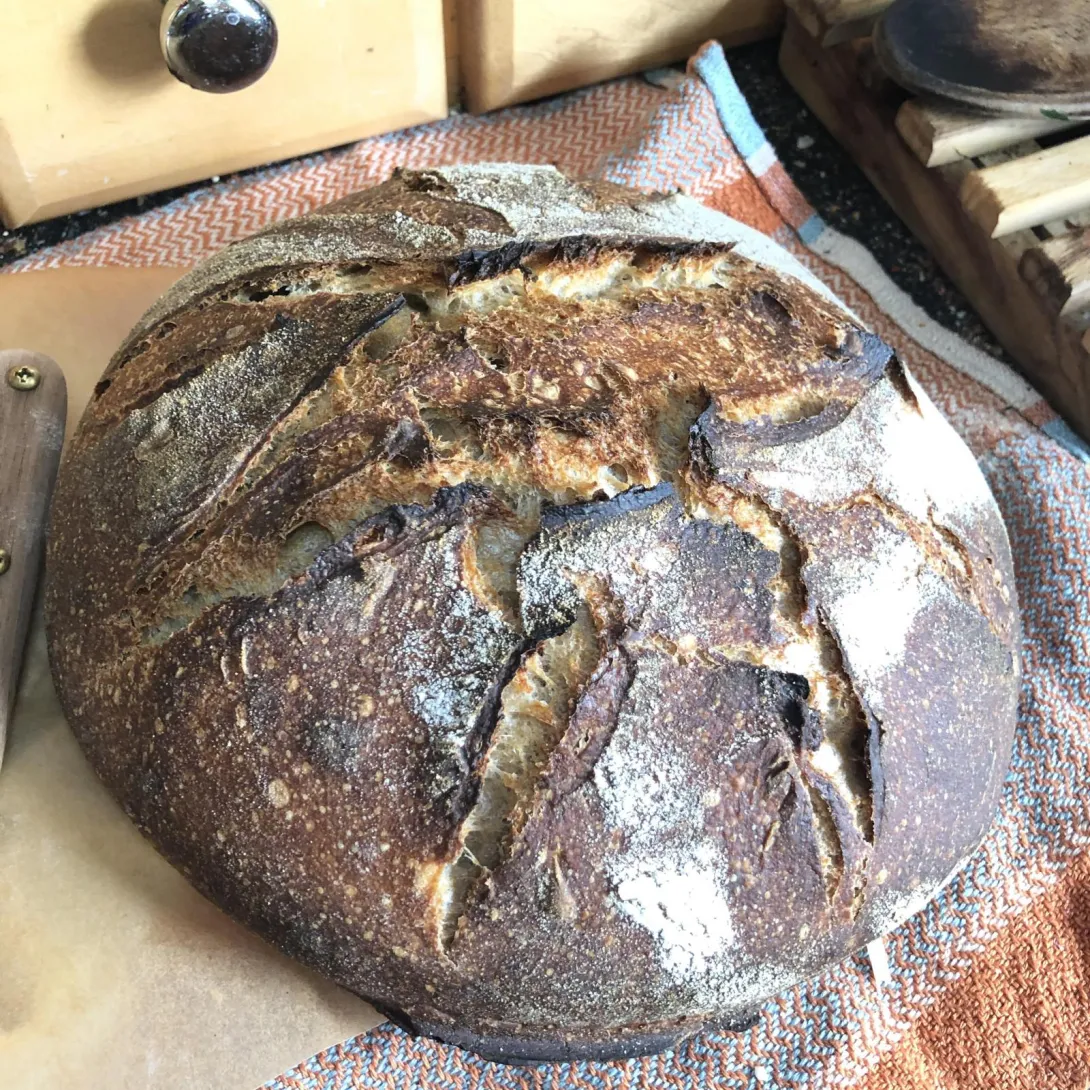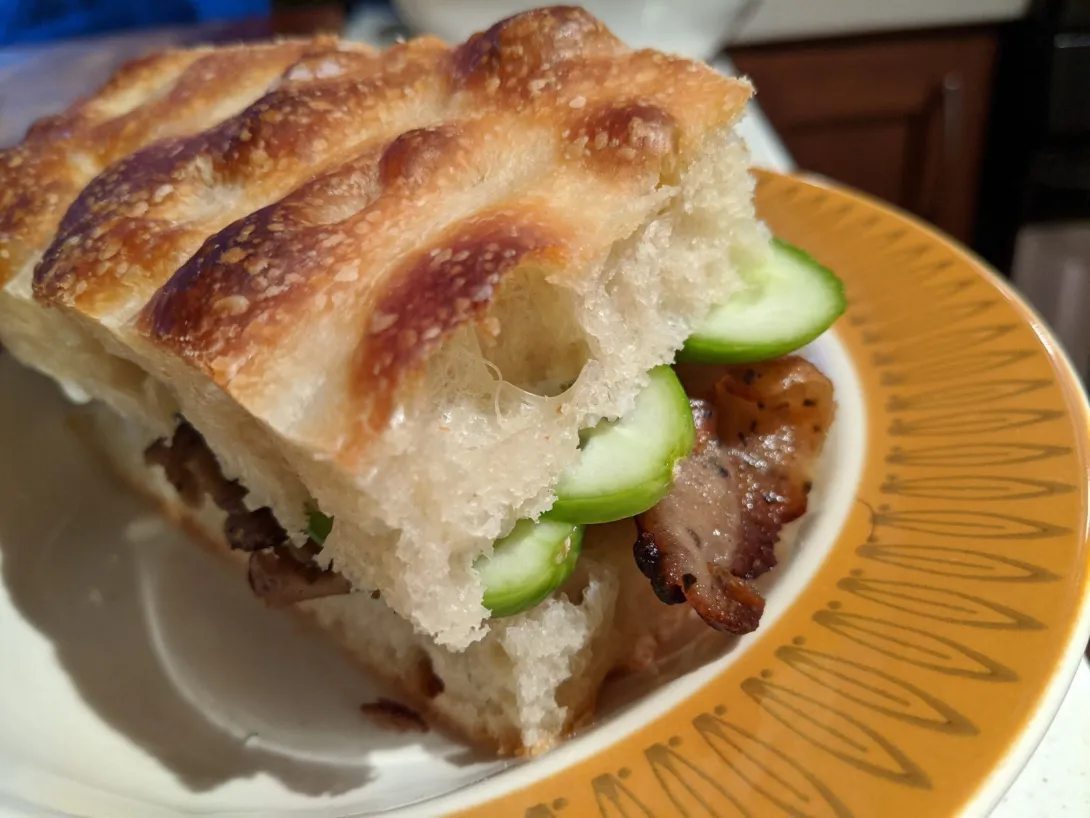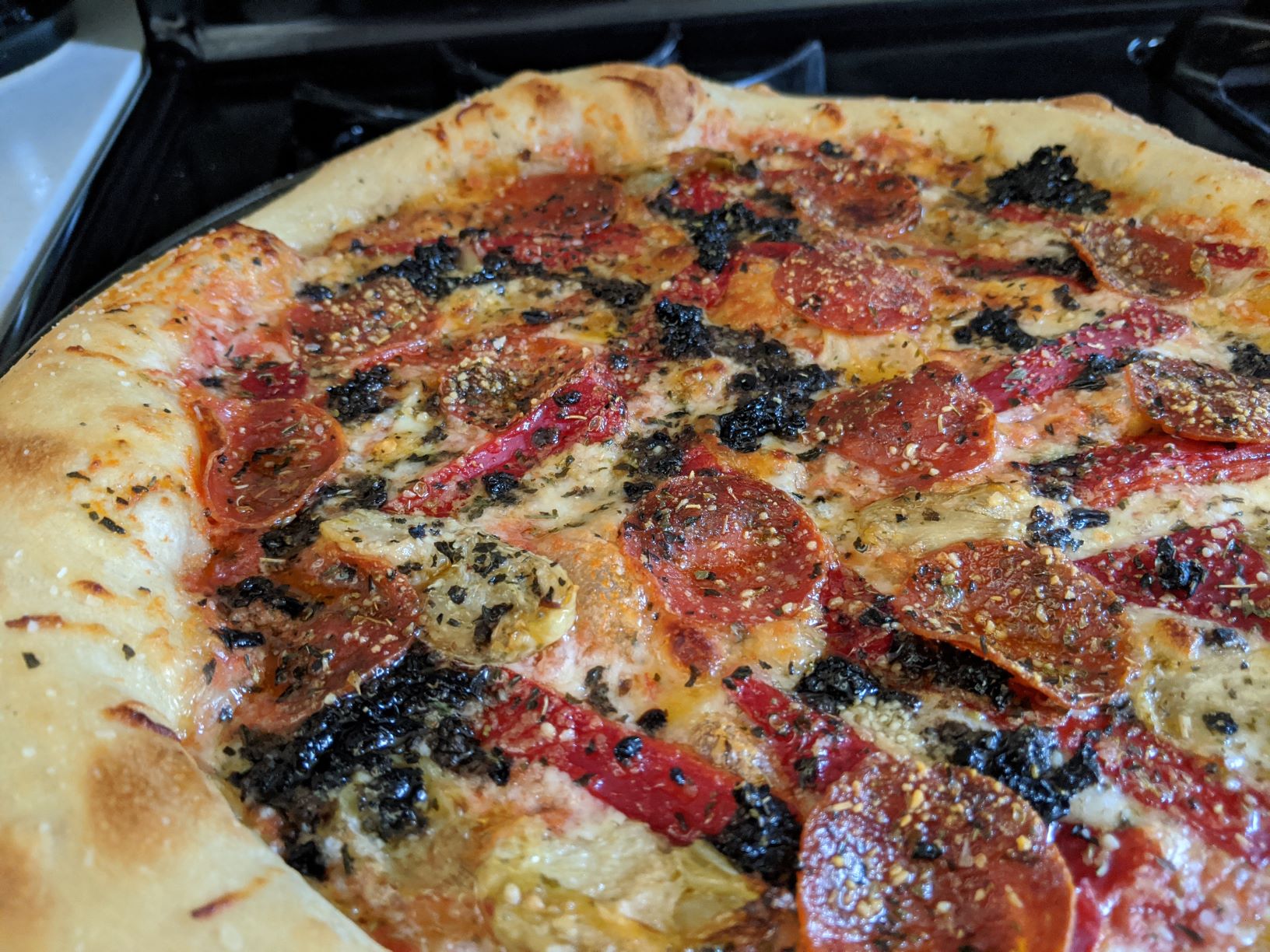Help! My croissants are cakey and wet inside without layers.
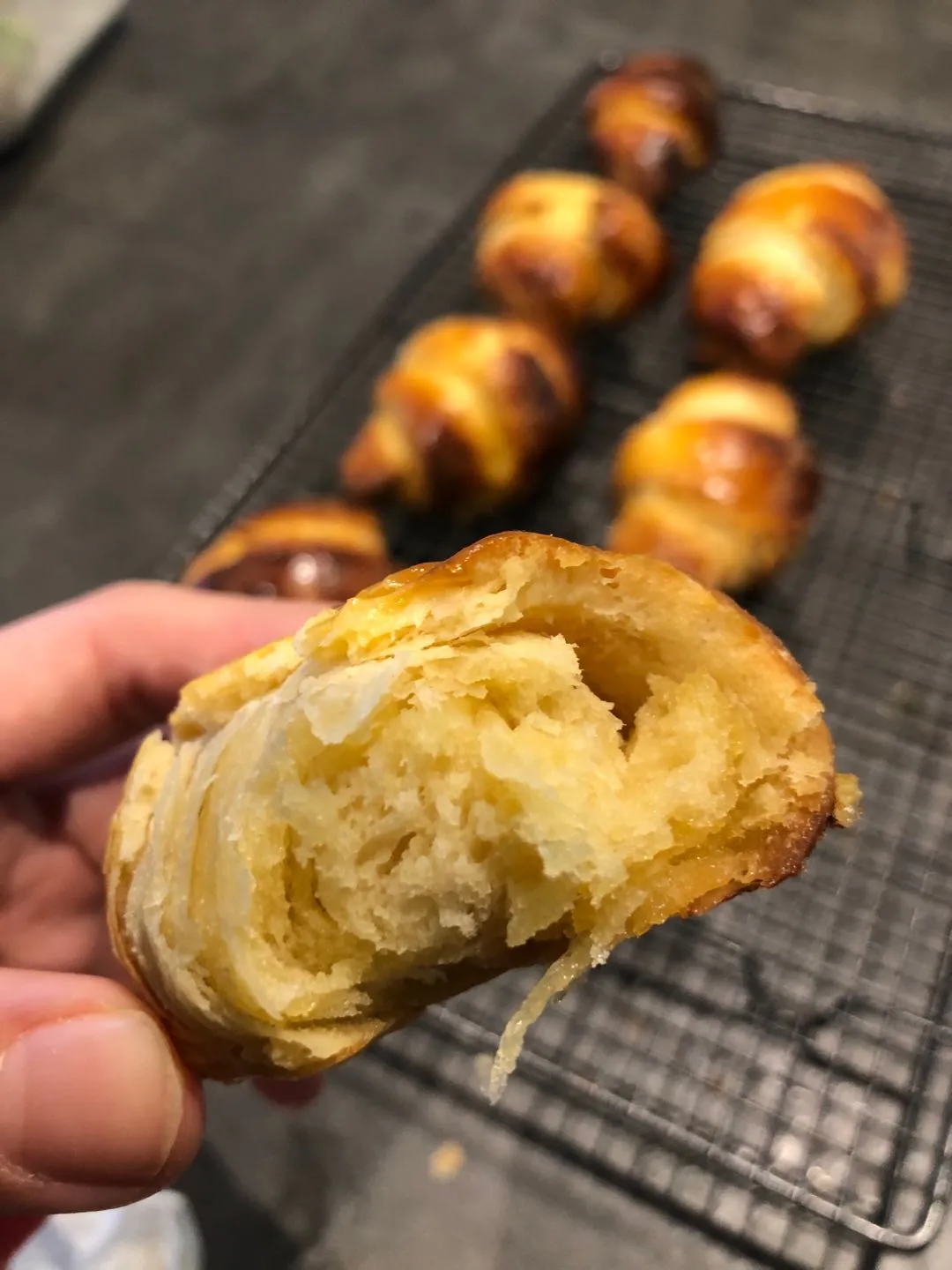
Ive tried 3, 4 times to make croissants, still fails after changing multiple way of making it, in needs of some suggestion for my failed experience, my husband couldn't believe how hard it is, because every bakery sells them, so if they are really so hard to make, then crossants will be a delicacy can sell hundreds for one, which I refuse to believe!
This is the recipe for my dough
1kg flour
150g Sugar
20g salt
20g milk powder
100g butter
2 eggs
50g yeast
450g water/milk
- Log in or register to post comments
- 5 comments
- View post
- natashamelbourne's Blog
